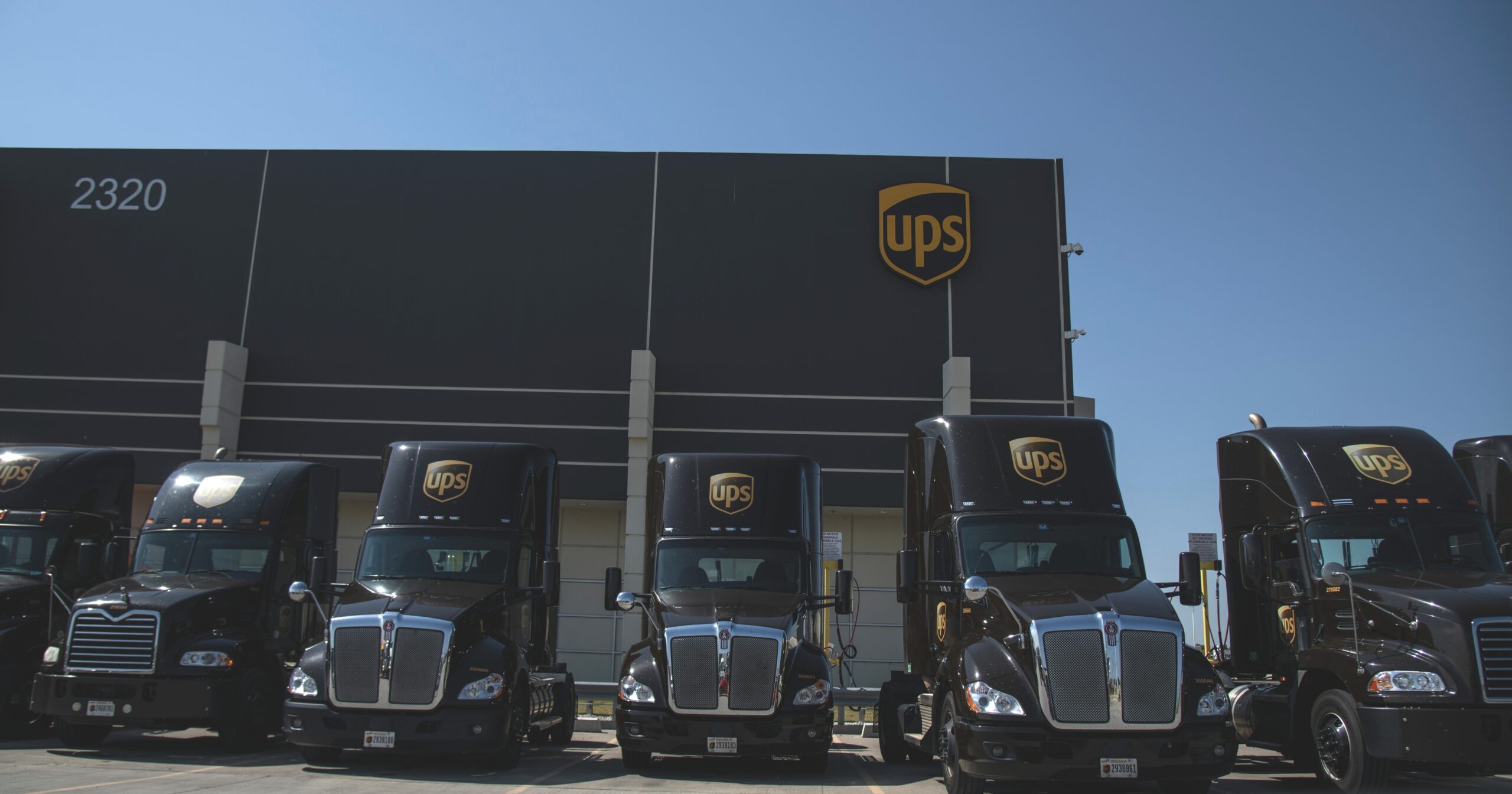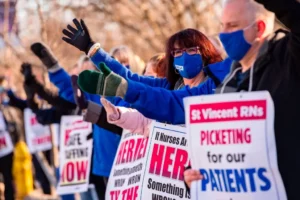United Parcel Service (UPS) experienced a significant drop in revenue last quarter. The decline raises concerns about the company’s new business strategy, which focuses less on shipping more parcels efficiently and more on selling highly profitable services to small businesses and healthcare providers. The strategy coined “Better, not bigger,” depressed investment in the company’s infrastructure, skyrocketed executive pay to over $100 million, and accelerated stock buybacks.
First introduced by CEO Carol B. Tomé in 2020, “Better, not bigger” signaled a major departure for the 116-year-old company. In the past, UPS’s business strategy centered on attracting customers through an efficient and large shipping network. The company purchased airplanes and built sorting facilities, with each investment made to attract more packages.
Under Tomé, management curtailed investment while focusing on the network’s profitability. Last year the company spent about a quarter less on physical equipment than before the change. The company passed on expanding its air fleet for fear it would have to find new cargo to fill it.
Management started to refuse less profitable basic shipments and announced plans to roll out dynamic pricing, the same strategy Ticketmaster utilizes to justify thousand-dollar concert tickets.
“There comes a point where you’ve got to optimize and sweat the assets you have and really think about the economic model differently,” Ms. Tomé said in 2021. “We’re 114 years old this year. It’s time for us to pivot.” In the first quarter of 2023, revenue was down six percent.
Initially, the moves looked prescient from a financial perspective. In the last two years, UPS made more profit than it did in the previous six years combined. However, it is hard to tell what was business acumen and what was luck. UPS was a major beneficiary of COVID-19. The pandemic and ensuing lockdowns pushed consumers from physical stores to online retailers. The most recent annual U.S. Department of Commerce data shows that total e-commerce sales topped $1 trillion, over a three-quarter increase from pre-pandemic times.
Independent of any executive strategy, UPS was uniquely positioned from the outset of the pandemic. It was one of just three companies delivering packages nationwide, and its unionized workforce helped it manage the influx of orders profitably. In contrast, its competitor, FedEx, relies on non-unionized contractors and struggled to keep up with demand, spending an extra $450 million on staffing and delivering lower service levels.
UPS is in the midst of negotiating a new five-year contract with the Teamsters, the union representing UPS workers. At issue are raises for part-time workers and a two-tiered labor system, which sees a second class of drivers receive less pay and benefits for similar work. The “22.4” workers were envisioned as a hybrid warehouse/driver role, but in practice, management leaned on the cheaper workers as drivers to meet rising weekend delivery requirements. UPS wants more flexibility to schedule drivers for weekend work, including the option to bring in independent contractors, mimicking the business model of FedEx.
Like other shippers, UPS management used the company’s newfound power from COVID to their advantage. Management tore up existing sales contracts just months into the pandemic, pushing double-digit price increases onto customers. Retailers and other major customers had little choice but to pay. “The carriers have almost unlimited pricing power,” a shipping analyst said. This quarter, the average U.S. shipment cost $7.59, an 18% increase from the same time before the pandemic.
The transformation was also internal. Executives restructured how they were compensated. Under the old regime, stock bonuses were based on efficiently increasing revenue and the number of packages the company delivered. The new management team introduced incentives typically associated with facilitating stock buybacks. After five years of limited use, last year, UPS spent $3.5 billion on stock buybacks.

Tomé and the other executives were rewarded handsomely throughout the pandemic. In 2021 and 2022, the CEO was compensated $46.6 million, 83% of it through stock awards. The five-person executive team earned $105 million for two years of work; 80% was paid through stock awards. According to the company’s financial filings, the median employee earned $102,523 during that same time.
The run-away success of the COVID era seems to be waning. This quarter, in the face of higher interest rates and sagging demand, the company posted an operating profit nearly 22% lower than last year. Executives blame a 5.5% decline in package volumes for the trouble.
So far, the decline has not impacted its commitment to stock buybacks.
This year, the company projects to spend an additional $3 billion.



